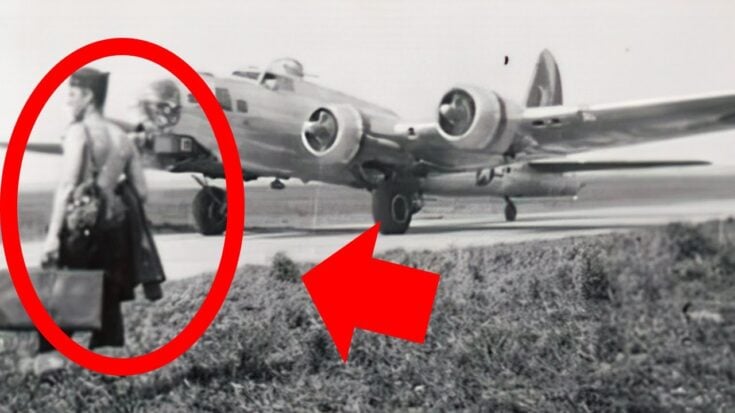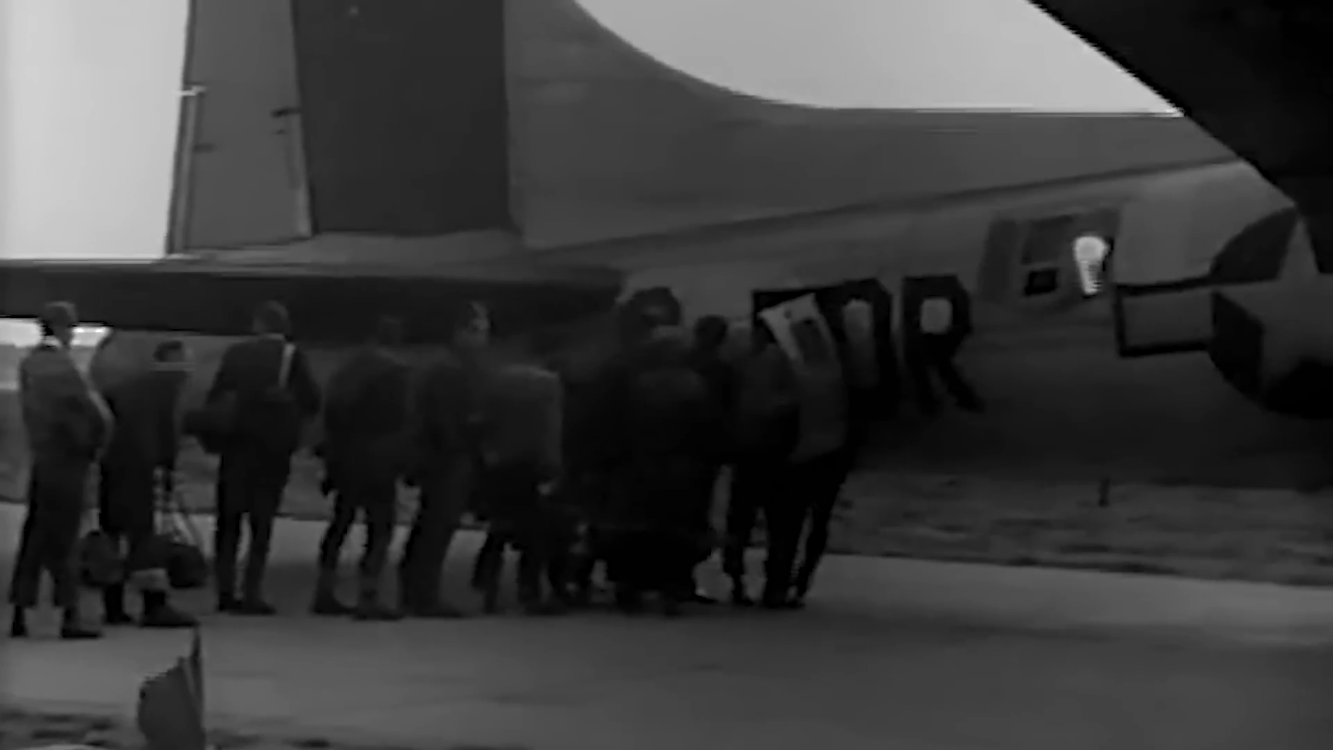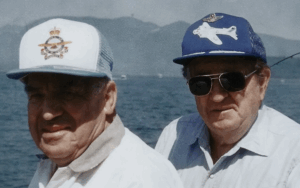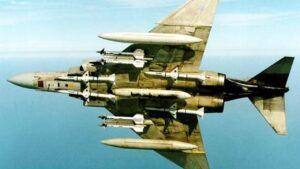The Most Precious Cargo of WWII

YouTube / Dark Skies
As World War II drew to a close, the uneasy alliance between the United States and the Soviet Union began to fracture. Deep in Germany, at Stalag Luft I near the town of Barth, thousands of newly liberated Allied prisoners of war found themselves caught in a political no man’s land. Though technically free, they were stranded behind Soviet lines, uncertain of their fate and fearing that their “liberators” might soon become their captors.

Free but Stranded
On April 29, 1945, the German commander at the camp ordered the prisoners to prepare for evacuation. Colonel Hubert Zemke, the highest-ranking American officer, refused. He insisted that no man would march east under German command. The next day, the Red Army arrived, celebrated their victory, and quickly took control of Barth. Within hours, the Soviet troops replaced the guards and locked the gates once again.

The Americans and British were shocked. Their supposed liberation had turned into another imprisonment. The Soviets claimed they were holding the men for “identification,” but weeks passed with little sign of progress. Rumors spread that they might be sent east through Odessa—deep into Soviet territory—and possibly forced into labor.
The Plan
Word of their predicament reached Allied commanders in the West. British Field Marshal Montgomery negotiated with the Soviets for their release, while others prepared for a bold alternative: an air rescue mission deep inside Soviet-occupied territory.

The plan, codenamed Operation Revival, called for more than 100 stripped-down B-17 Flying Fortresses to fly from France into Germany. Their heavy guns and armor were removed to lighten the load, allowing each bomber to carry dozens of rescued POWs. Crews were cut to the bare minimum—just five men—and the aircraft would fly low and fast, without refueling, to avoid both Soviet and German interference.

One pilot described his aircraft as “a transport without any seats except for the pilot and co-pilot,” with wooden planks laid across the bomb bay to fit as many men as possible.
The Rescue
On May 12, 1945, the first B-17s appeared over Barth’s small airfield. The sound of their engines brought tears to the eyes of men who had almost given up hope. That day, hundreds of wounded and British airmen were flown to safety. Over the next two days, thousands more followed—men who had endured years in captivity now climbing aboard the very bombers that once rained fire on Germany.

By May 14, Operation Revival had rescued over 5,500 Allied POWs—nearly 4,000 Americans and 1,500 Britons—in one of the largest air evacuations of the war. For the pilots, it was their most meaningful mission. For the prisoners, it was freedom at last.

As one former captive recalled, “I will never forget the thrill and joy of marching out of Stalag Luft I and seeing the B-17s waiting to take us home.”




















